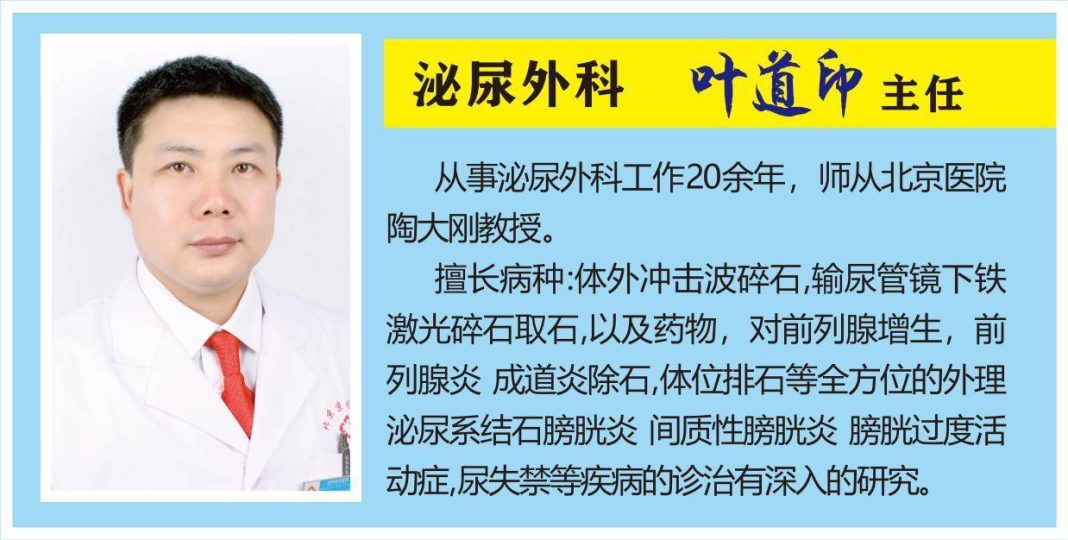The foreskin refers to a ring of skin that covers the **. Many parents worry that their children may be at a disadvantage due to foreskin issues, so they take their children to the hospital for foreskin modification during the summer vacation. Today, Director Ye Daoyin of the Jing Shun Urology Department is here to provide answers to four questions regarding foreskin surgery for parents seeking clarification.
Excessive foreskin length means that the foreskin completely or partially envelops the ** head, and it can be retracted by hand around the age of 10. Just like a turtleneck sweater may obscure the face, the collar can be turned down to reveal the head.
Phimosis refers to both long and tight foreskin, where the small opening tightly constricts the ** head, and it cannot be retracted by hand. It is similar to a turtleneck with a collar that is too small, making it impossible for the head to protrude.
It should be noted that boys are almost always in a state of phimosis during childhood, but as they grow older, the foreskin can gradually be retracted.
1. In what situations is surgery necessary?
1. After male children enter puberty, if the foreskin opening is narrow and does not expose the ** and the urethral opening even when retracted, and if there is pain during erection, this may affect the development of the **.
2. Difficulties in cleaning and hygiene under phimosis, leading to frequent recurrences of balanitis.
3. During urination, the tip may bulge like a balloon, and the urine stream is thin as a thread. Although urination is possible, it requires effort, which can easily lead to urinary tract infections and may affect the kidneys.
4. Adult males who voluntarily request foreskin surgery.
2. What is the optimal age for foreskin surgery?
Theoretically, adults can undergo foreskin surgery at any age, but it should be avoided during the acute phase of foreskin inflammation and should be scheduled for later. Generally, the optimal age for circumcision is from 6 years old to puberty, when the child’s mind is relatively mature, allowing for good communication and cooperation. Younger children may not be able to cooperate effectively with care, but the specific optimal timing varies by individual and should be determined considering each person’s specific circumstances.
3. What is circumcision?
There are several surgical methods for circumcision, mainly open surgery, ring surgery, and one-time foreskin cutting and suturing surgery. Currently, Jing Shun Hospital offers one-time foreskin cutting and suturing surgery, which has advantages such as good results, minimal trauma, low bleeding, short duration, rapid recovery, no need for hospitalization, and aesthetic benefits.
4. Is the surgery performed under general anesthesia or local anesthesia?
For very cooperative children and adults, local anesthesia (such as dorsal nerve block anesthesia) is sufficient, and they can go home the same day.
If you experience recurrent balanitis, need to exert force during urination, have bulging when urinating, or see or feel small white lumps under the foreskin, or if you are unsure whether you need circumcision, you can consult via phone or the hospital’s official website. A professional doctor will conduct an examination to determine if surgical removal is necessary.


